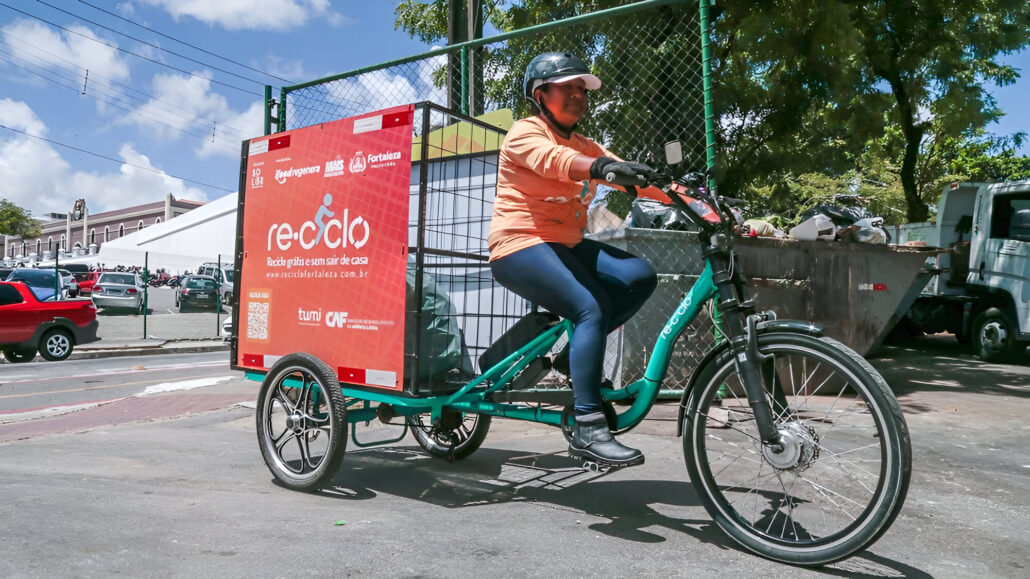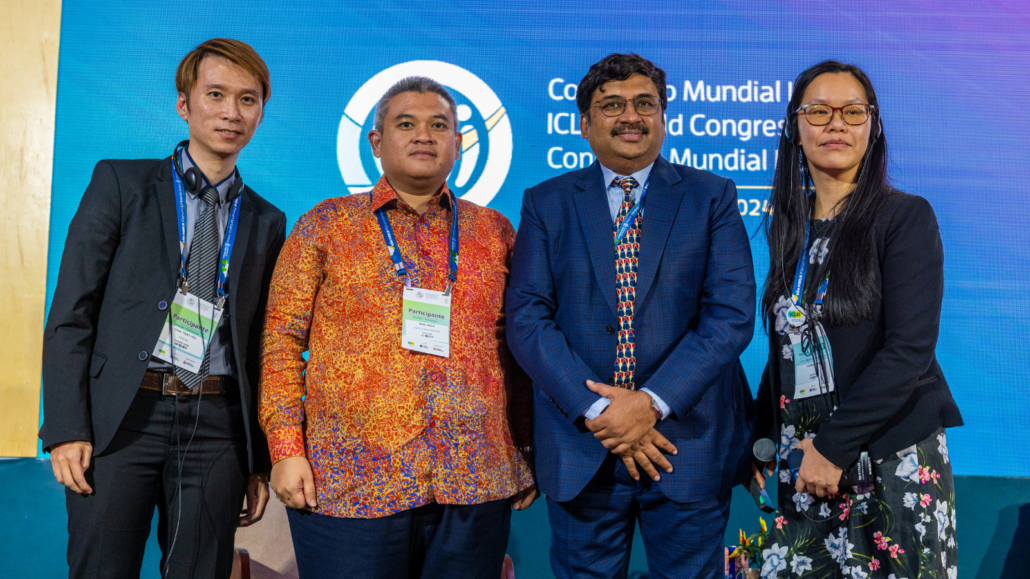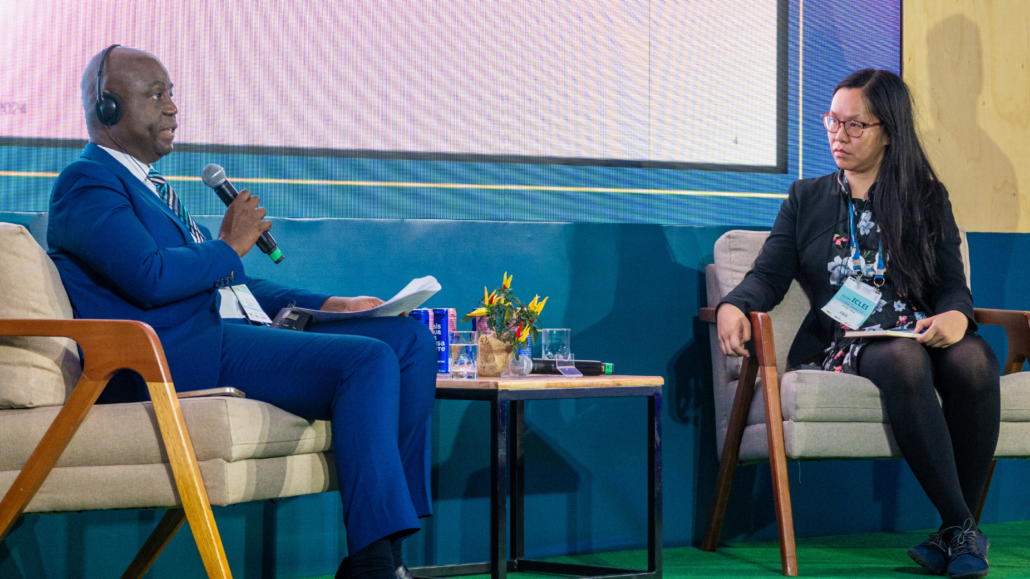Driving zero-emission mobility
North Miami, United States: The local government of North Miami, Florida, has taken notable actions to promote zero-emission mobility while planning for accessibility, equity, and inclusivity. According to Mayor Alix Desulme, the Bicycle Route Master Plan has been crucial in increasing bicycle use by adding well-designed bike facilities throughout the city. The NoMi Express, a free community trolley service, connects key areas and reduces reliance on personal vehicles. North Miami has also introduced Freebee, an on-demand electric ride-free service available via a mobile app. Following the municipality’s vision, all these projects include bike racks and wheelchair access to ensure that all residents benefit.
Melaka City, Malaysia: Melaka City is adopting a green city vision to address its severe traffic congestion. YB Datuk Rais bin Datuk Wira Yasin, Senior State Minister of the Melaka State Government, described the success of the vehicle-free zones established in the historic city center. These zones, implemented during weekends and specific hours, have been effective in reducing emissions and enhancing tourism, benefiting local merchants and visitors. This initiative is part of the broader Master Plan called “Melaka Green Transport Implementation,” which includes developing a green bus network, introducing micro-mobility options like electric scooters and bikes in heritage areas, and expanding electric vehicle infrastructure with new charging stations.
Himachal Pradesh, India: The high differences in the landscape of Himachal Pradesh cause unique challenges for sustainable mobility, particularly active mobility. The local state is promoting electric vehicles and developing sustainable transportation solutions, to enhance mobility and address environmental concerns. According to Rawther Dawood Nazeem, Principal Secretary of Transport, one notable initiative is the ongoing development of the aerial ropeway project, which aims to improve connectivity and support tourism. Furthermore, there are other projects in the local urban planning to support the adoption of electric vehicles such as investing in charging infrastructure along green corridors, strategically placed based on traffic patterns and key tourism areas.
Kaohsiung, Chinese Taipei: In the case of zero-emission urban transportation the local state of Kaohsiung is addressing its mobility challenges through the launch of Kaohsiung 2050 Strategies. Hsu Chia-Yang, Officer of Transportation for Kaohsiung, highlighted that the local government’s focus is expanding the rail system, enhancing shared mobility options, and promoting vehicle electrification. Kaohsiung is the first city in Chinese Taipei to fully digitize its public transportation ticketing system with the MeNGo 2.0 Mobility as a Service (MaaS). This system allows mobile payments for various transport options, making public transit easier to use. Plans are in place to integrate with neighboring cities like Tainan and Pingtung, providing seamless and convenient monthly commuting passes across multiple regions. Moreover, the local state aims to transition to a fully electric bus fleet by 2030 and develop an interconnected intelligent transport system, including clean energy buses like hydrogen-powered models.







